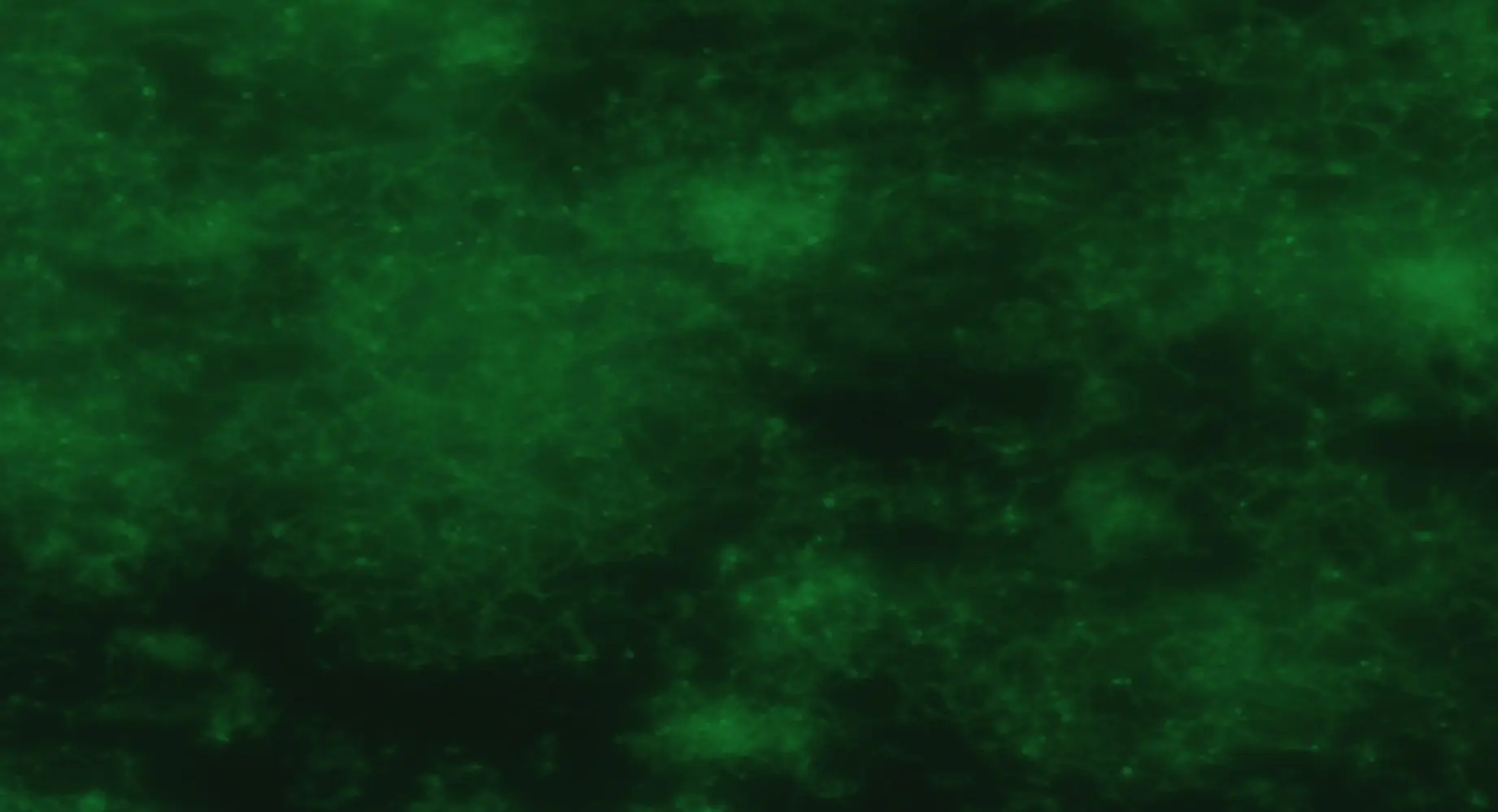Section for Microbiology and Biofilms
Microorganisms such as bacteria, protozoa as well as various algae and fungi can establish themselves on almost all surfaces and form thin structured habitats = biofilms. Protected by a matrix of gel-like mucus, which consists of extracellular polymers, the biofilm organisms can form diverse, powerful and robust communities.
We deal mainly with microbial biofilms, which can cause serious problems on certain surfaces. Examples include infections in the body, on implants and in medical devices, the destruction of building materials, machinery and materials, the corrosion and clogging of piping systems, and the reduction of heat transfer in heat exchangers.
The control of pathogenic microorganisms and biofilms is a additional challenge, especially in the context of increasing resistance.
Areas of expertise
In collaboration with the industry and our project partners, we develop and check case-specific solutions for challenges such as how existing biofilms can be tackled and their formation controlled and reduced.
With the help of existing test systems as well as customer-specific modifications and developments, we can observe and analyze biofilm formation.
- Cultivation of biofilms on different surfaces
- Analysis and evaluation of measures for preventing biofilm formation in various water-bearing technical systems and on various medical technology surfaces
- Checking of germ reduction strategies
The analysis of biofilms is carried out by means of traditional microbiology, biochemistry and chemistry methods such as:
- Enrichment, isolation, cultivation and characterisation of microorganisms
- Quantification of bacteria using various methods (classical methods and Flow Cytometry)
- Identification of bacteria using mass spectrometry (MALDI-TOF)
- Phenotypic characterisation of microorganisms with Omnilog
- Imaging techniques such as light and fluorescent microscopy (confocal laser scanning microscopy and scanning electron microscopy in collaboration with other sections)

In respect of microbiology, the following are also available:
- Qualitative and quantitative analysis of airborne micro-organisms (bioaerosols) and water contamination
- Mobilization of metals by microorganisms (bioleaching / biomining)
- Checking of germ reduction strategies
- Susceptibility testing with bacteria and fungi (AST)
Downloads
Courses of study
The Section for Microbiology and Biofilms is responsible for Biology and Microbiology lectures, as well as the practical course in Microbiology. The Bachelor thesis is done within the framework of our research area.
Master’s degree, specialisation Chemistry for the Life Sciences
The Section for Microbiology and Biofilms is responsible for the Biofilms lecture. The Master thesis is done within the framework of our research area in cooperation with partners in industry or with other research groups.
Team
No contact details available.
Students (Bachelor or Master thesis 2022)
- Timo Fankhauser (BSc)
- Nada Gad (MSc)
- Julia Ammann (MSc)